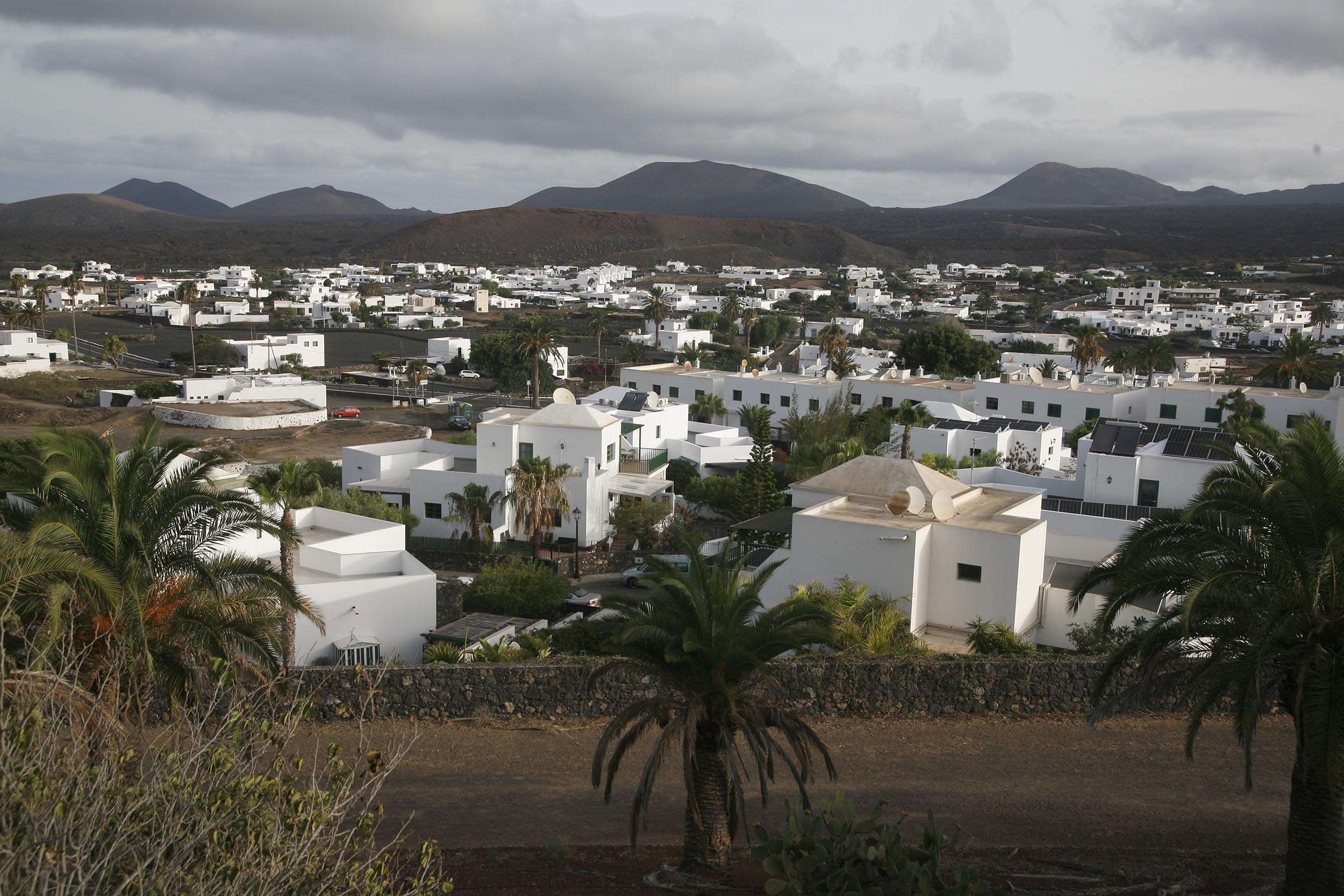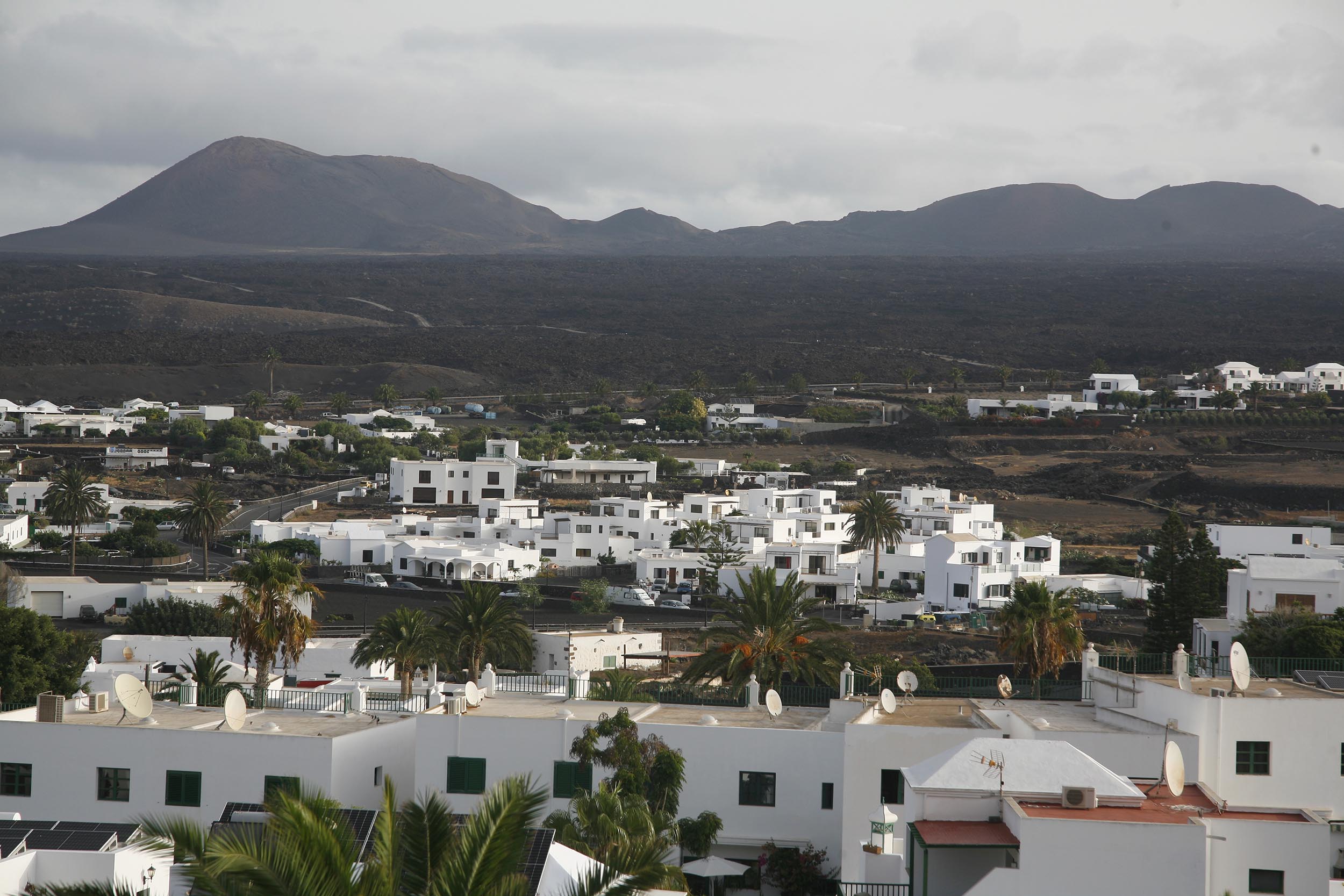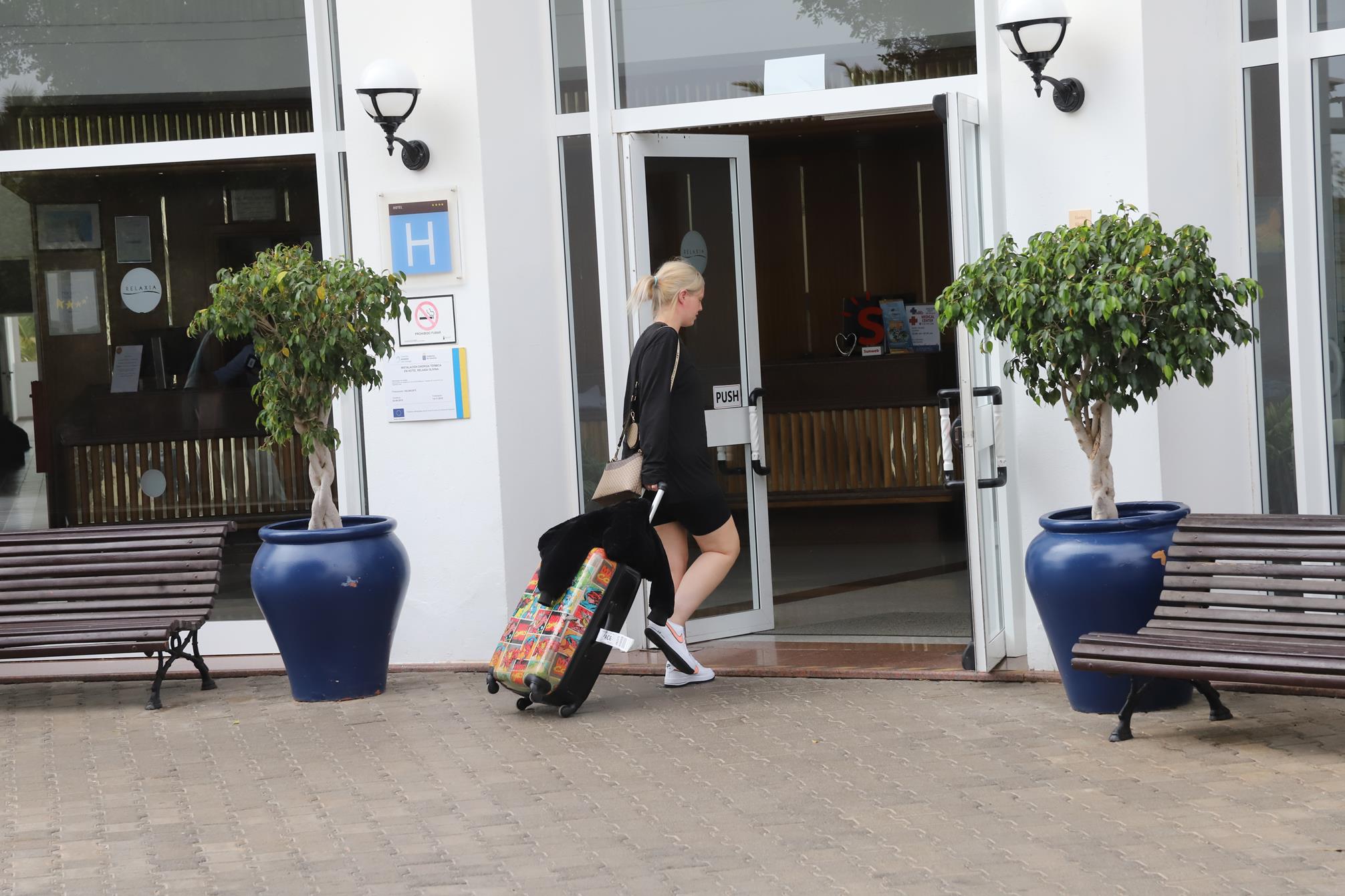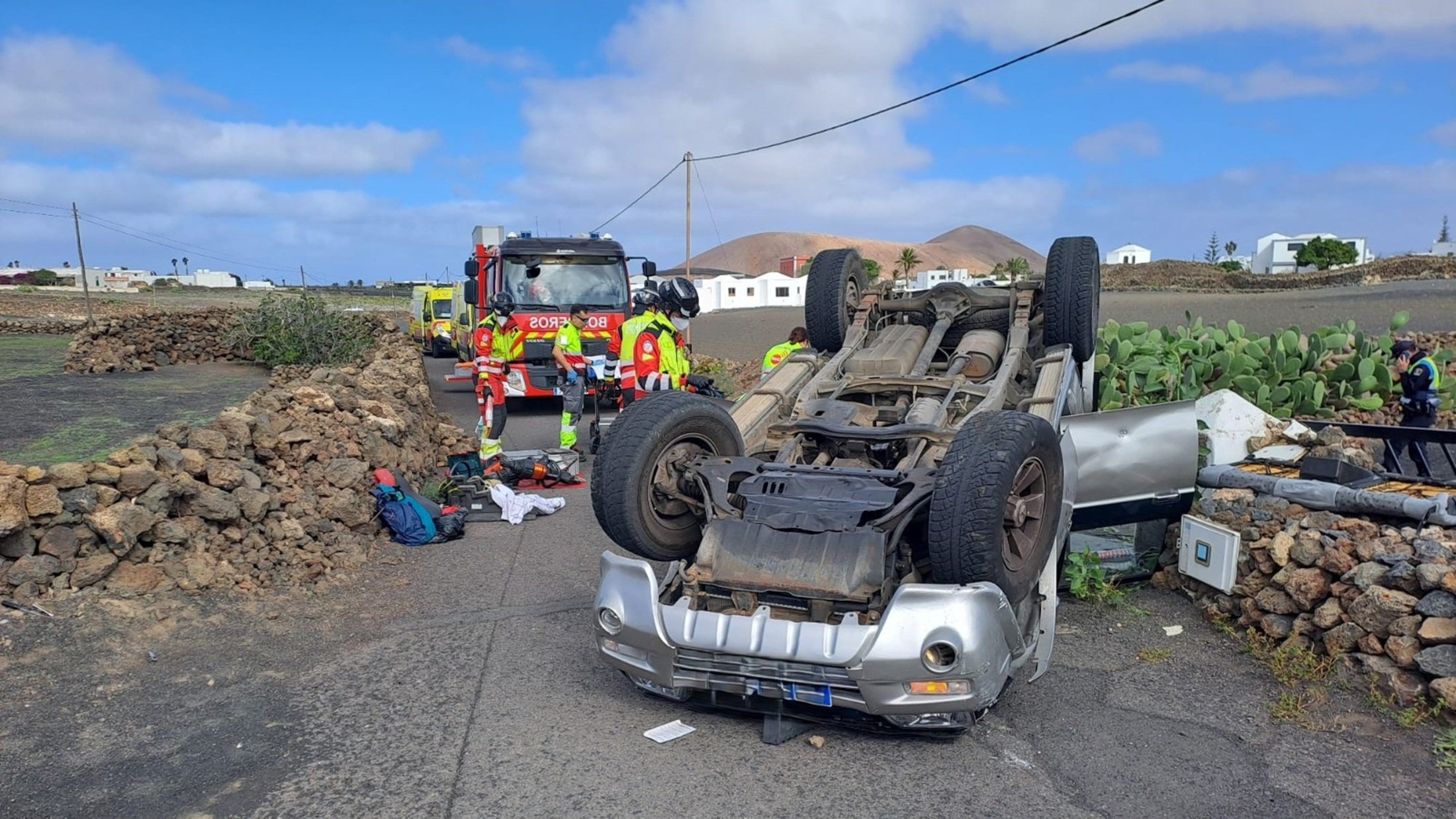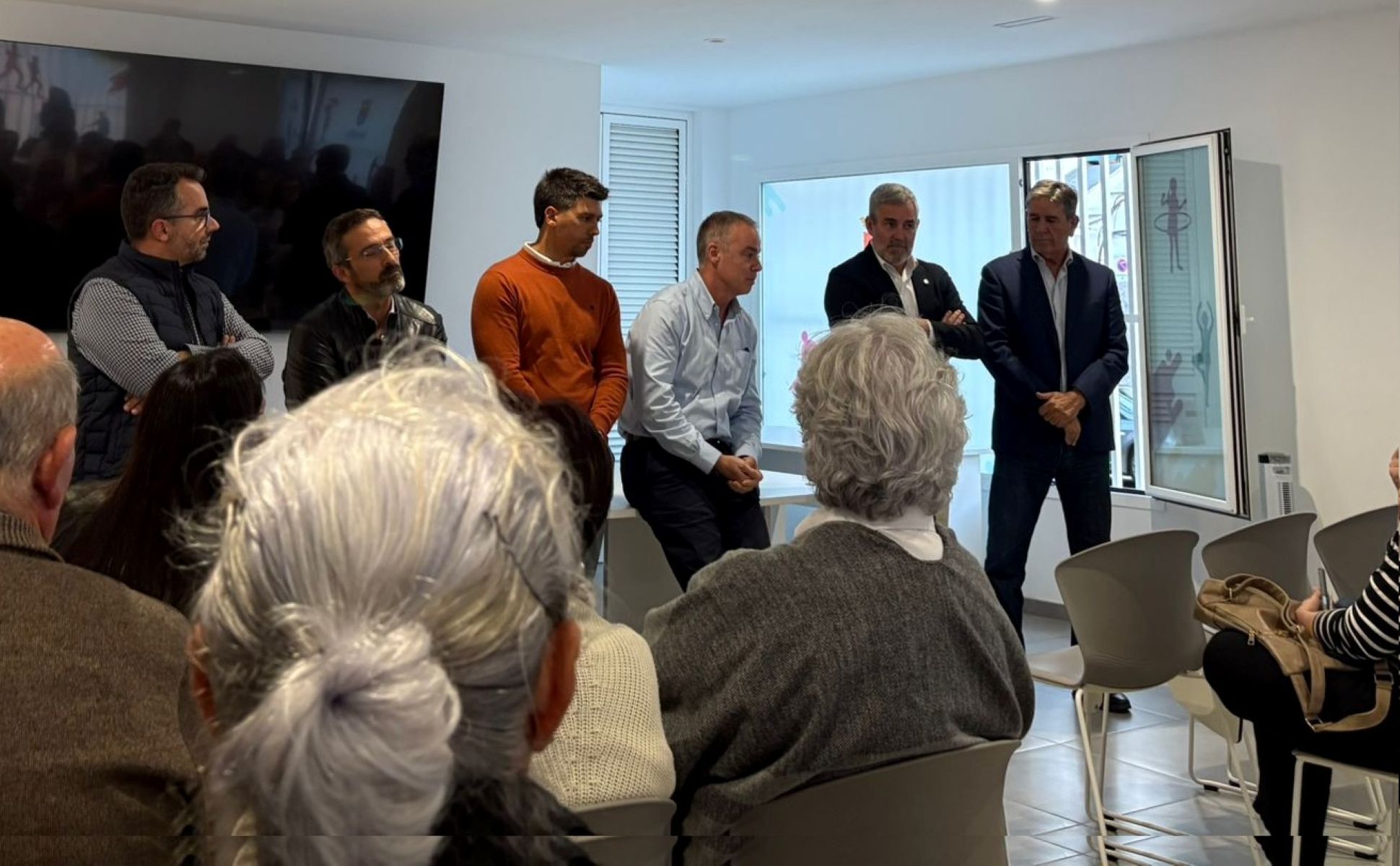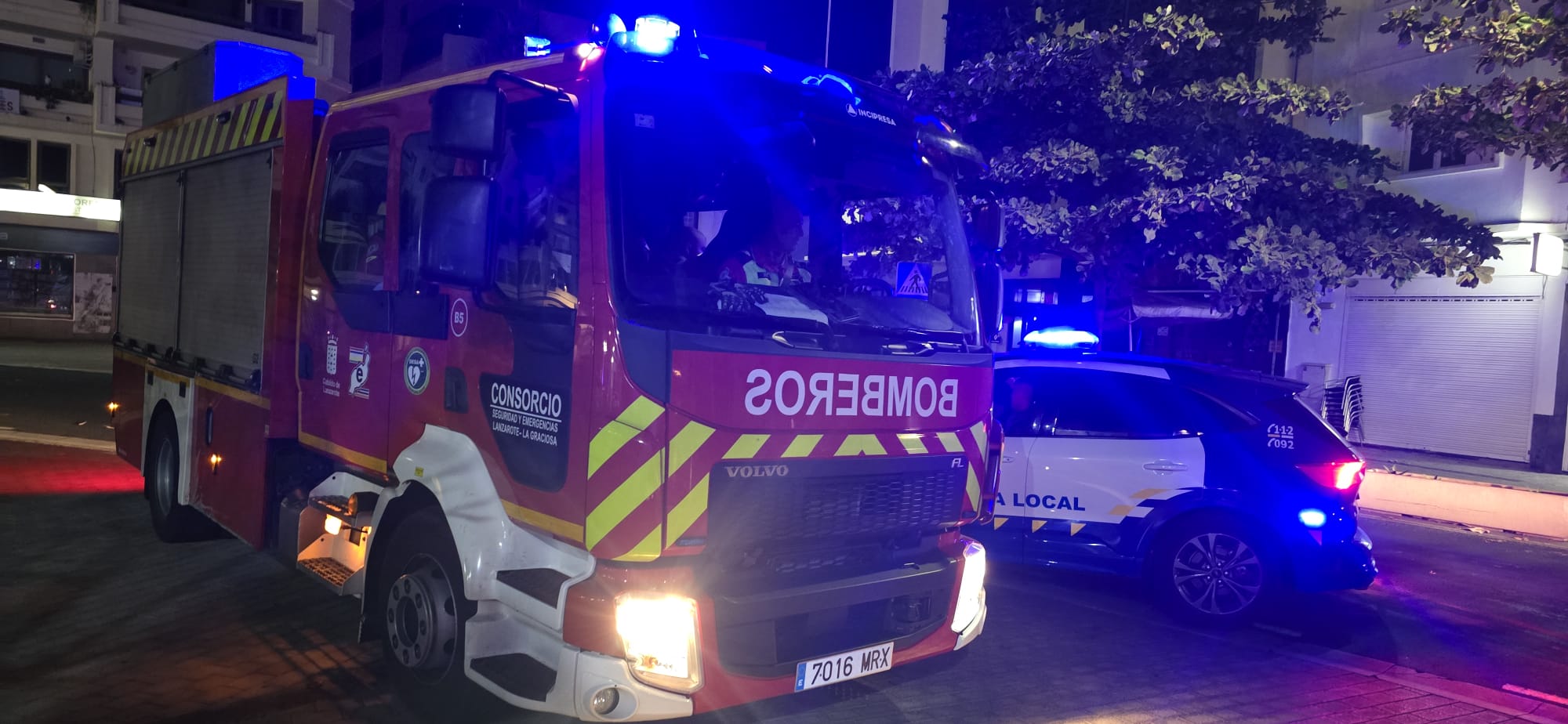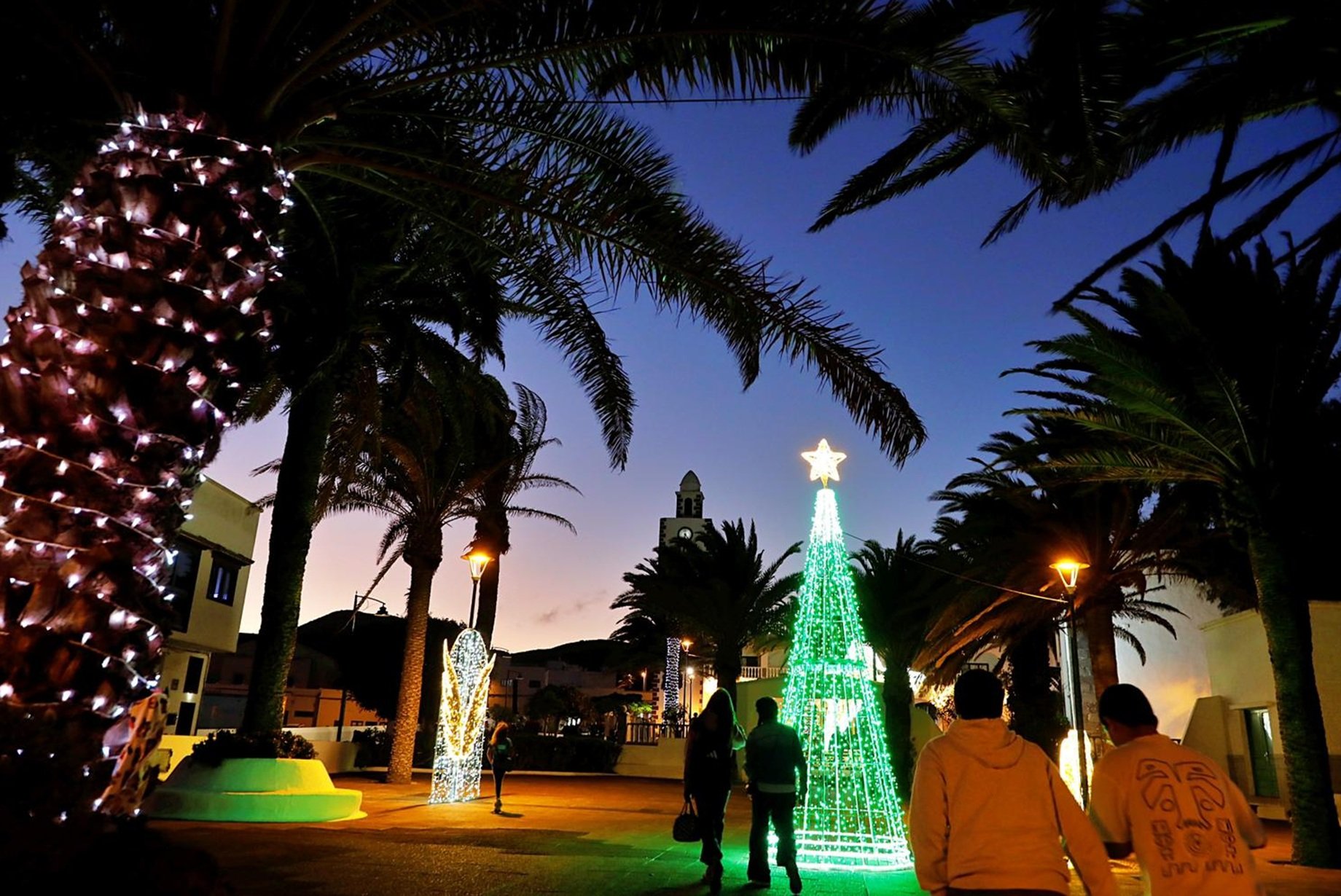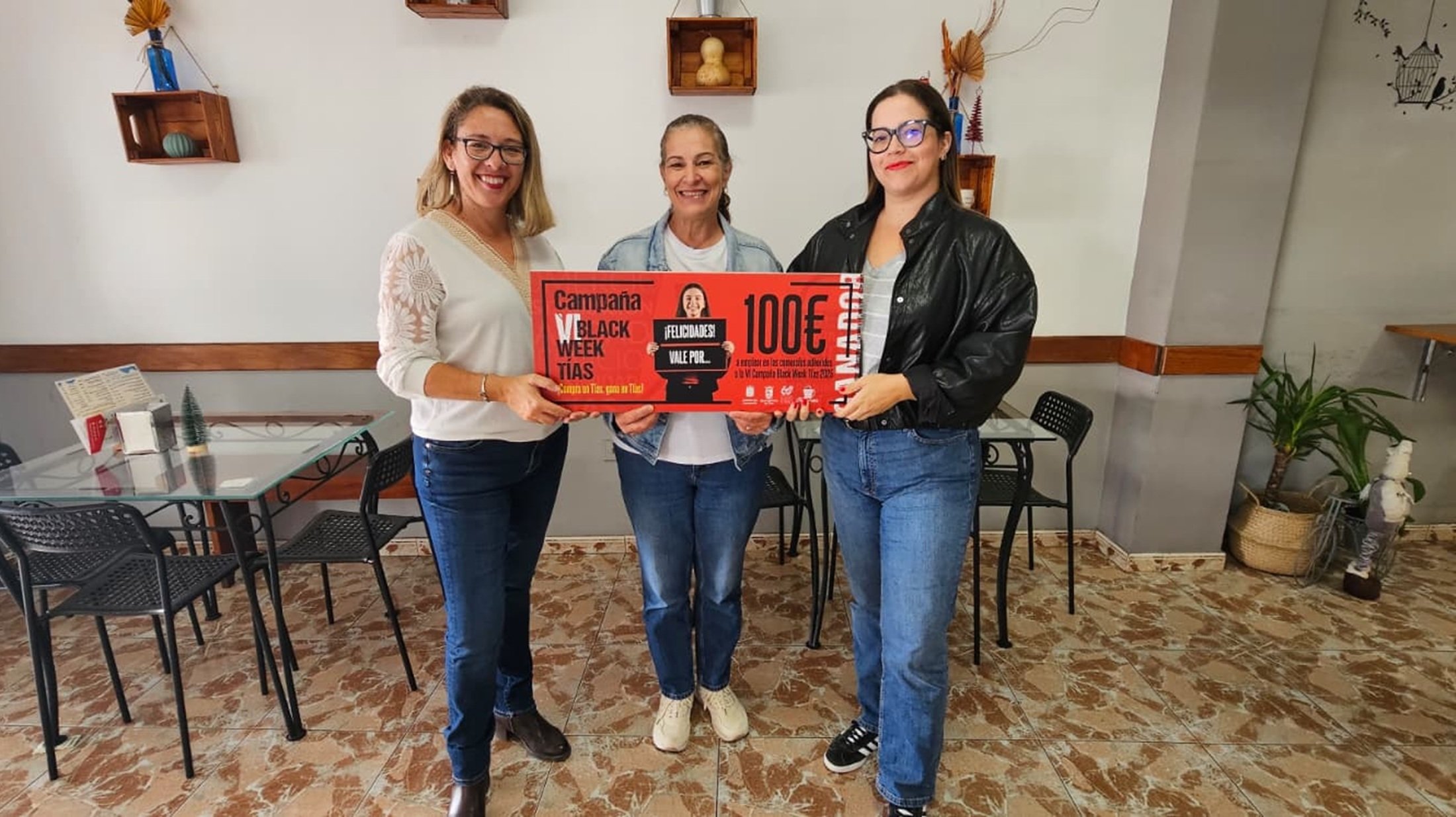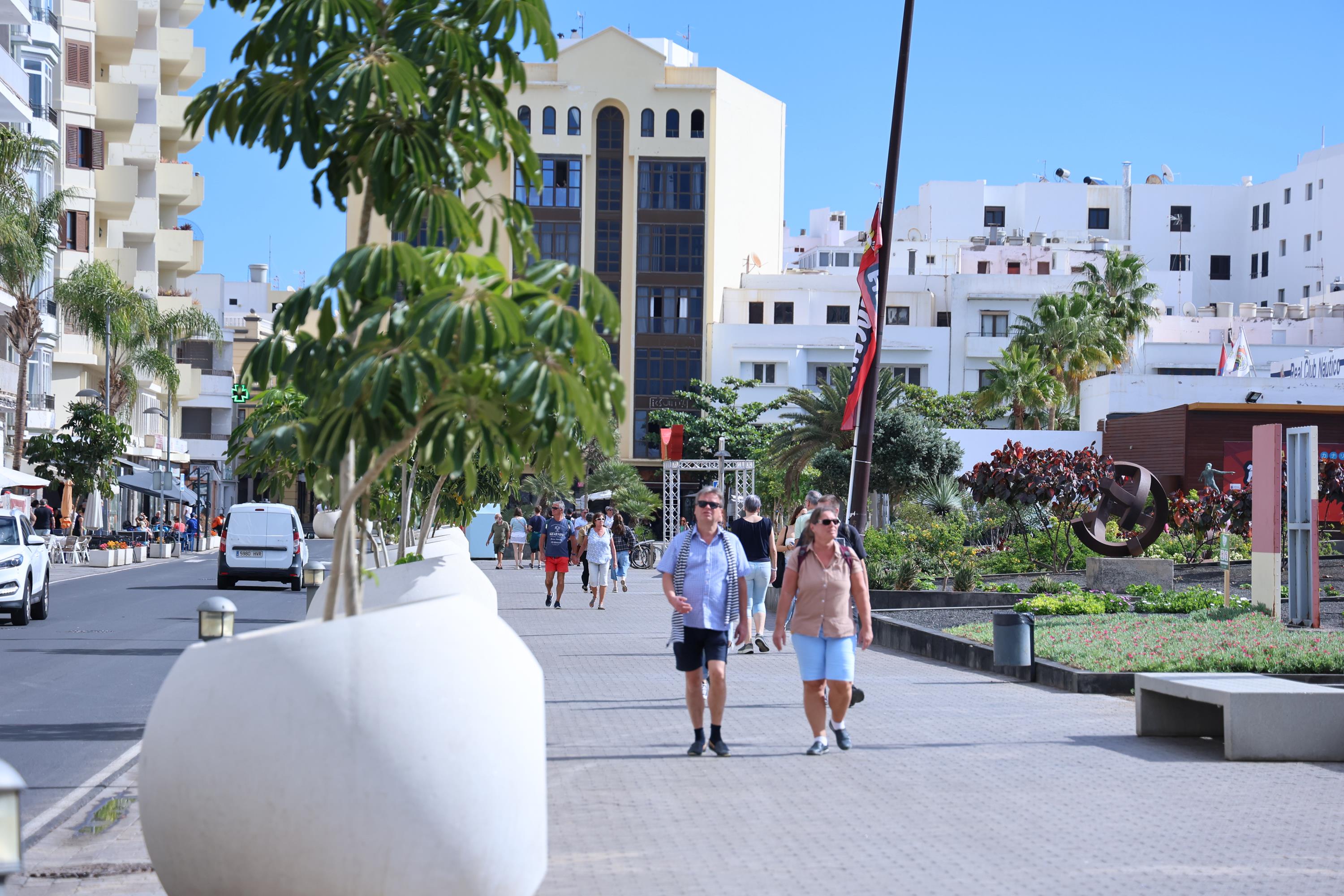A total of 2,102 people are waiting to obtain officially protected housing in Lanzarote. This number increases to 25,159 registered throughout the Archipelago. This is revealed by data from the Extraordinary Report of the Canary Islands Ombudsman. However, in three years only one protected home was handed over on the island.
"There is a significant disproportion between the number of applicants or family units and the number of awards made," the report denounces.
Although the Canarian Housing Institute (ICAVI) did not inform the Ombudsman Rafael Yanes of the waiting times to obtain a house in the Archipelago, the rest of the figures offered allow us to take a photograph of the situation.
The lack of public housing
Likewise, the Cabildo de Lanzarote does not have an island public housing stock since its powers are delegated to the ICAVI. However, in the previous legislature, an attempt was made to create the Housing Consortium to be able to tackle the construction of public housing, which has been anchored on the island for more than 30 years. The same occurs with aid for access to rent.
Currently, the previous Canarian Executive promoted two public housing construction projects in Lanzarote, which are in different phases, in the municipalities of Yaiza and Arrecife. However, they will not be enough to face the entire demand.
Arrecife was one of the municipalities in the Canary Islands that ceded three plots to the Canarian Housing Institute to build protected housing in recent years. The capital also joins the cession of a plot in Yaiza in the urban area of Montaña Roja within the framework of the Ministry of Development project called Plan 20,000.
At the end of 2019, the ICAVI reported the granting of 1.5 million euros to be allocated to social housing within the Canary Islands Housing Plan 2020-2025.
Regarding land to build social housing, the island has 48,632 square kilometers destined for this purpose. This is distributed in the municipalities of Yaiza and Arrecife. The first is owned by the southern city council and the second by the Cabildo.
However, access to housing on the island is increasingly a puzzle for residents looking for affordable rent or a home they can afford.
Regarding aid for the payment of rental housing, several municipalities have presented different initiatives to provide support for the payment of rent. From databases to regulate emergency aid in Haría, to social subsidies for accommodation expenses in San Bartolomé. In addition, the Teguise City Council serves as an informant for the aid that its residents can request. To conclude, Tías offered nine incentives of 30,000 euros to rehabilitate homes. Furthermore, in August of this year, the Mácher Partial Plan was being processed to build protected homes.
